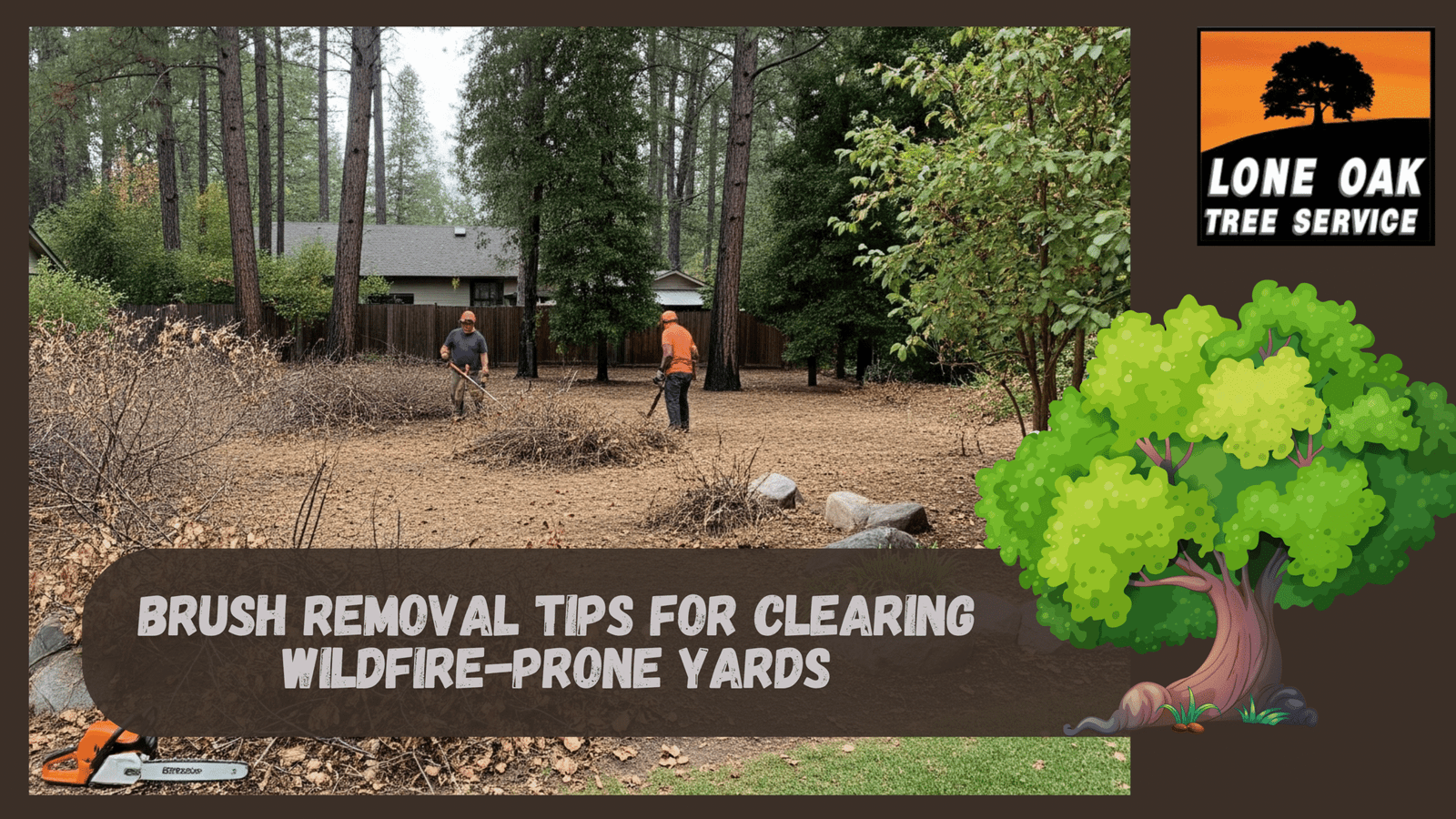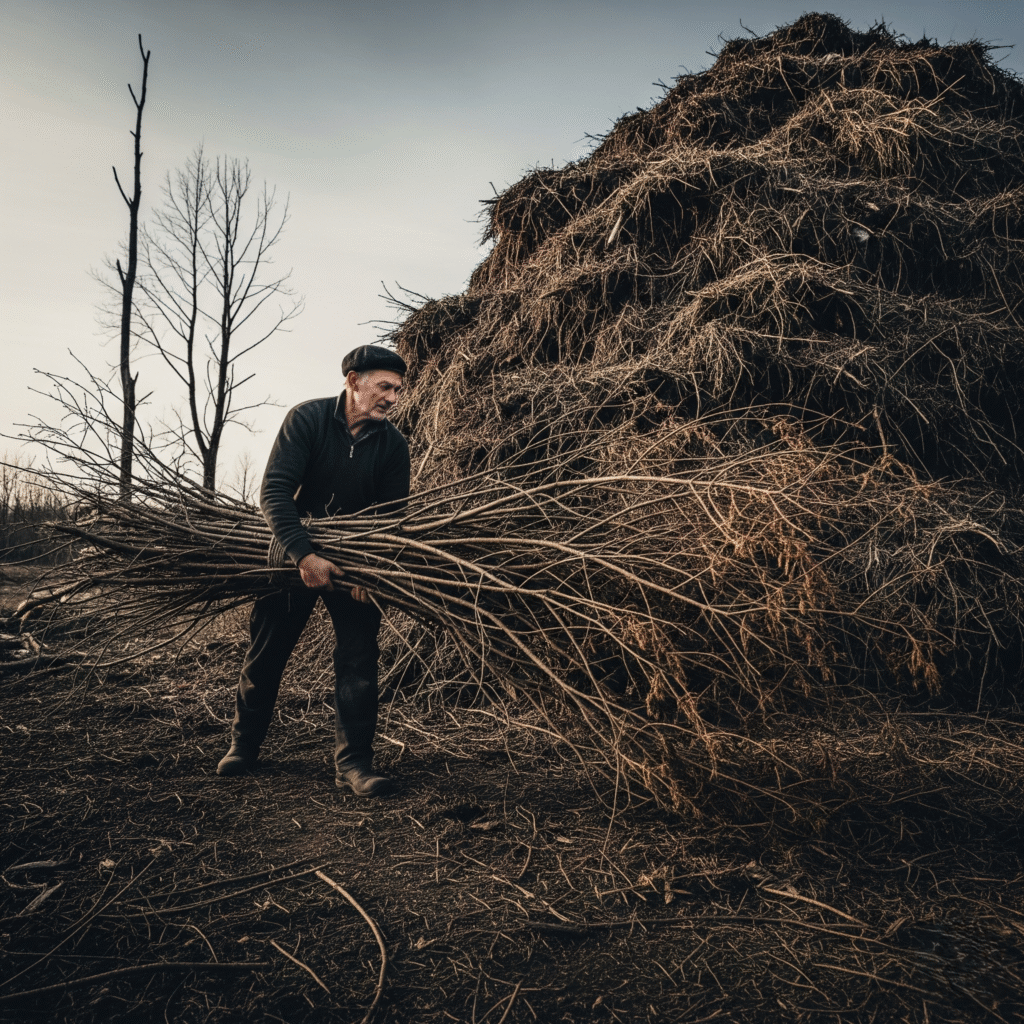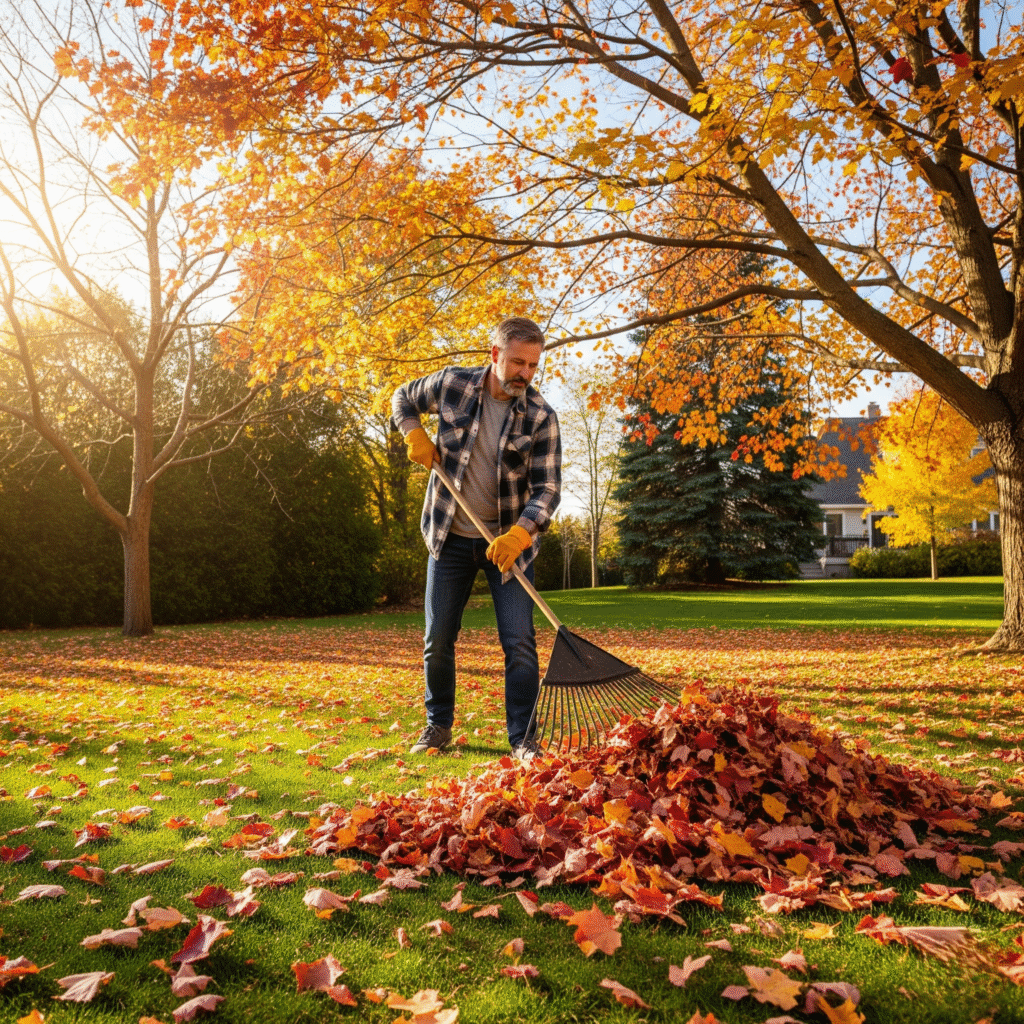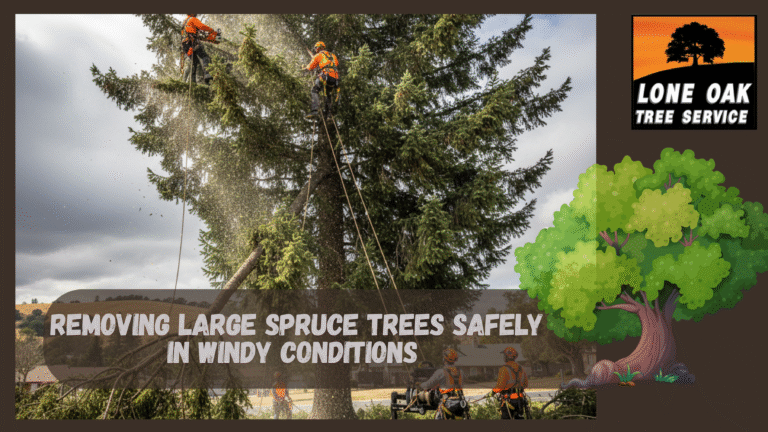Living in a wildfire‑prone area brings beauty and risk side by side. One of the best ways homeowners can protect their property, and sometimes their entire neighborhood, is through regular brush removal. By reducing flammable vegetation, you create a defensible space that helps slow or stop the spread of fire. In this guide, we’ll share practical, effective, and safe brush removal tips for clearing wildfire‑prone yards, helping you protect what matters most.
Why Brush Removal Is Critical
Dried grasses, fallen branches, dead shrubs, and piles of leaves become highly flammable fuel during hot, dry weather. When embers fly, often carried by wind miles ahead of a wildfire, this debris can catch fire quickly, threatening homes.
Creating and maintaining defensible space (usually at least 30–100 feet around structures) dramatically increases the chance your home survives a wildfire.
1. Start with a Yard Assessment
Begin by walking your property to identify:
Overgrown shrubs and dead plants
Piles of leaves and pine needles
Fallen limbs and dead trees
Grasses taller than 4 inches
Note areas closest to your home first (Zone 1: 0–5 feet), then move outward (Zone 2: 5–30 feet, Zone 3: 30–100+ feet).
2. Clear Dead and Dying Vegetation First
Remove:
- Dead shrubs, plants, and tree limbs
- Fallen leaves, twigs, and bark mulch near structures
- Stumps and rotting logs
Disposing of this dry fuel drastically lowers fire risk.
3. Prune and Thin Live Vegetation
Even healthy plants can ignite if too dense:
Prune tree branches at least 6–10 feet off the ground (or 1/3 the tree’s height).
Thin shrubs so there’s at least 2–3 times their height in horizontal spacing.
Remove ladder fuels, low branches, or tall grasses that can carry fire into treetops.
Aim to create vertical and horizontal spacing between trees, shrubs, and structures.
4. Maintain Grass and Ground Cover
Dry grasses burn rapidly. Keep grasses:
- Trimmed to less than 4 inches in high-risk seasons
- Watered (if permitted) to reduce dryness
- Replaced with fire‑resistant ground cover like gravel, succulents, or native low‑fuel plants
5. Safely Dispose of Debris
Never burn piles of brush during fire season. Instead:
- Use green waste bins provided by local services
- Rent a wood chipper to mulch branches (and use chips away from structures)
- Take larger loads to a local compost or debris site
6. Use the Right Tools for Efficiency and Safety
For small yards, hand tools like pruning shears, loppers, and rakes work well. For larger lots:
- String trimmers for grasses
- Pole saws for high branches
- Brush mowers for dense areas
Always wear protective gloves, goggles, and sturdy boots.
7. Plan Year‑Round Maintenance
Brush removal isn’t a one‑time job. Schedule seasonal cleanups:
- Spring, remove new growth and winter debris
- Late summer, check for drying vegetation before peak fire season
- Fall, clear fallen leaves and pine needles
8. Replace High‑Risk Plants with Fire‑Wise Landscaping
Some plants are more flammable than others. Consider:
Removing resinous shrubs (e.g., junipers, cedars) near structures
Planting low‑water, fire‑resistant options like succulents, lavender, or rockrose
Keeping ornamental grasses trimmed or choosing non‑flammable ground covers
9. Maintain Non‑Combustible Zones Close to the Home
Within the first 5 feet of your home:
- Keep the area clear of plants, mulch, and firewood
- Use gravel, concrete, or stone patios
- Store tools and propane tanks safely away
These small changes create a critical fire break.
10. Know When to Hire Professionals
If your property is heavily overgrown, on a slope, or near protected habitats:
- Certified defensible space contractors can help
- Arborists can safely remove large or diseased trees
- Local fire departments often offer free defensible space assessments
Extra Tip: Watch Local Regulations
Some areas have rules on brush removal, debris burning, and protected vegetation. Check local fire codes and consult your city or county fire department before major clearing projects.
Final Thoughts
Creating a defensible space through effective brush removal is one of the best ways to reduce wildfire risk. By removing dead vegetation, pruning live plants, and choosing fire‑wise landscaping, you protect your home, family, and neighbors. Start now, maintain regularly, and stay fire‑smart all year long. Contact us today!






